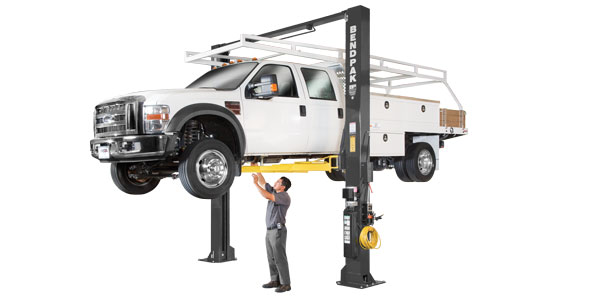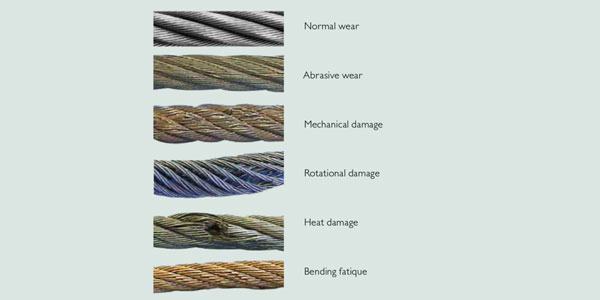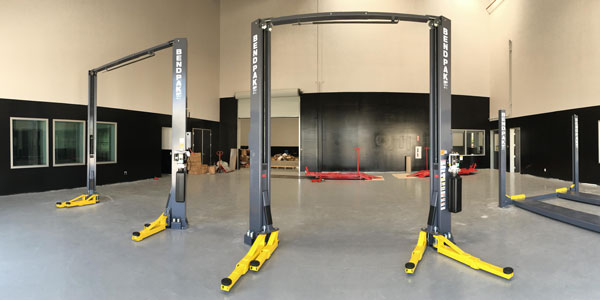Tires are one of the largest equipment expenses facing fleet equipment managers, so it’s important to get the longest life possible out them. Retreading is one way that many fleets prolong the life of their tires.
But many times a tire will encounter road debris that damages the tread section before the tire is ready to be retreaded. In those cases, fleets can prolong the tire’s life by repairing the tire puncture.
But not every tire that has been damaged is a good candidate for a repair, according to Patch Rubber Co. For example, tires that incur punctures or damage to the sidewall and the shoulder area are not candidates for repair. Other limiting factors are if there is 2/32-inch or less of tread on any two adjacent tread grooves; if the tire cord or steel belt is exposed; or if there are flex breaks or severe sidewall abrasions.
If a puncture occurs in the repairable area of the tread and it does not exceed three-eights of an inch in size, fleets can safely repair that tire and return it to service. According to Patch Rubber Co., here are the steps to take to repair the tread puncture:
1. Locate the injury and circle it with a tire crayon. Consult the warning on the back cover for the repairability of tires. Do not invert radial tires.
2. Remove the foreign object and probe the injury with an awl to determine the angle of penetration.
3. Clean the area around the injury with cleaner fluid and a scraper.
4. Using a low-speed (500 to 700 RPM) drill and a carbide butter, ream the injury following the angle of penetration from inside of the tire. Use proper eye protection.
5. Remove the poly from the plug stem. Hook the plug stem onto the wire puller. Coast the entire plug with fast-drying self-vulcanizing cement.
6. While the cement is still wet, push the wire puller through the injury from the inside of the tire. Grasping the wire, use a steady pull until .5 inch of the gray rubber on the plug is exposed outside the tire.
7. Using a flexible knife, cut the plug on the inside of the tire 1/8-inch above the innerliner. Be careful not to stretch the plug when cutting.
8. Making sure the bead arrows of the repair unit are pointing to the beads, center the repair unit over the injury. Use a tire crayon and outline an area .5 inch larger than the repair unit.
9. Use a low-speed (maximum 5,000 RPM) buffer and a buffing rasp to buff the plug and the outlined innerliner area. Be careful not to buff through the innerliner.
10. Use a vacuum to remove the buffing dust.
11. Apply a light coat of rubber cleaner fluid to the buffed area, scrape it clean and allow it to dry.
12. Apply an even coat of fast-dry self-vulcanizing cement to the entire buffed area. Allow cement to dry until tacky. Never use blow dryers, compressed air or heat lamps to quicken drying. Drying time is affected by temperature and humidity.
13. When cement is dry, partially remove the poly backing from the patch leaving just enough to hold the patch. Do not touch the back of the patch. With the beads of the tire in the relaxed position, apply the patch to the buffed area making sure the bead arrow points to the bead. Remove the remaining poly from under the patch.
14. Stitch the repair unit vigorously from the center working outwards. Use as much hand pressure as possible. Remove top cover film.
15. Apply repair sealer to the overbuff area.
16. After inflating, cut the plug flush with the outside tread area.
Avoid damage to air-intake system
Are you worried about water in your air-intake system?
You can’t help operating equipment in wet environments, but there are a few things that can help keep your air-intake system running at peak efficiency, according to Donaldson Co.
Before fixing the problem, you have to be able to recognize it. Some of the symptoms of water ingestion are high restriction indications; mud caking in the VacValve; wet, wavy air filter media; system rust, corrosion or water damage; and moisture-related environmental problems, such as icing.
Here are a few tips to keep water out of the system:
• check and clear the VacValve daily;
• make sure the air cleaner cover and filter are installed properly; and
• inspect the air intake system for leaks.




